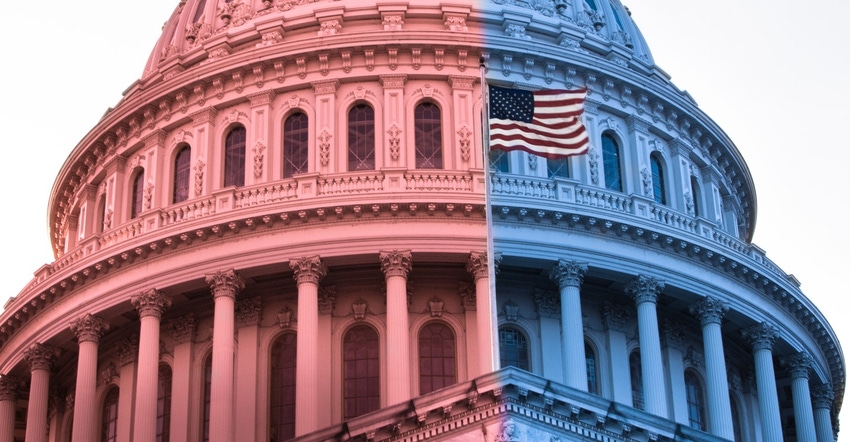
The last time this Congress considered the nearly $2 trillion reconciliation package in the first days of this new administration and Congress, Democrats essentially left the decisions up to leadership and left little room for bipartisan input and debate through the typical committee process. Those on the Senate Agriculture Committee are hoping that scenario doesn’t repeat itself as each chamber begins to finalize details of what could be as much as $3.5 trillion in new spending in the reconciliation package expected to be teed up this fall.
In a letter signed by every Republican member of the Senate Agriculture Committee, they asked Chairwoman Debbie Stabenow, D-Mich., to request hearings, with outside witnesses, to engage stakeholders in the process of allocating the $135 billion spending increase approved as part of the reconciliation budget framework. Additionally, the signers request that the committee hold a business meeting where all members are afforded the opportunity to consider the proposed legislation and be allowed to offer amendments.
Related: Path forward for infrastructure, reconciliation bills bumpy
“As the Republican members of the committee, we respectfully request that you hold hearings with outside witnesses to learn more about the needs of our nation’s farmers, ranchers, foresters, rural communities, and those participating in our nutrition programs. We believe these hearings should be broad-based and include producers and rural community leaders from across the country, similar to what our committee has done in the past as we draft farm bills. The spending of $135 billion of the taxpayers’ money should be informed by those we represent, and not solely by interest groups with Washington offices and lobbyists.”
As I noted in the hours after the House rammed through it’s $1.9 trillion reconciliation package that first attempt at the reconciliation process abandoned bipartisanship. The history of bipartisanship in the ag committees is often a selling point of the ability to come together for the good of those in rural America, despite the party designation behind their name. But this Congress’ first attempt proved House Republicans were left out of any bipartisan discussions on ag policy, and all amendments were voted down on a party line vote except for one, which was eventually stripped from the bill anyway.
The anticipated $135 billion boost includes more than the current farm bill’s income support and conservation programs.
U.S. agriculture is forecast to see the smallest level of government outlays over the next 10 years in fiscal year 2023, coinciding with the expected process of crafting a new farm bill in 2023, according to the July baseline released by the Congressional Budget Office.
While there is expected to be a minor jump in Agriculture Risk Coverage (ARC) payments, with some payments expected to rise in 2026, a majority of funding will still be assumed in PLC ($40 billion vs $7 billion in ARC) due to shortcomings of the ARC program that did not contemplate plummeting crop prices when it was designed and enacted into law.
Crop insurance saw a modest jump in spending due to higher expected prices, though, the 2021 projection is slightly lower than previous reports estimated indicating crop insurance will once again perform under budget at $4.87 billion.
Related: Farm bill conservation funding fight going on now
With so much attention on the climate impact, it is expected Congress would put additional funds for agriculture into conservation programs, which made up a total of $5 billion of CCC payments in 2020 and roughly $5.3 billion in 2021. As I discussed recently, some groups are seeking for a doubling of funds for conservation in an effort to get farmers to buy into climate-smart ag.
It seems quite mind-boggling to contemplate the often months and sometimes years of preparation in finalizing the funding and programs in any new farm bill. And now Congress may be asked to do that in a matter of months.
The Senate Ag Republican members’ request that the spending be “informed by those we represent, and not solely by interest groups with Washington offices and lobbyists,” seems not only reasonable, but should be a necessity.
About the Author(s)
You May Also Like






